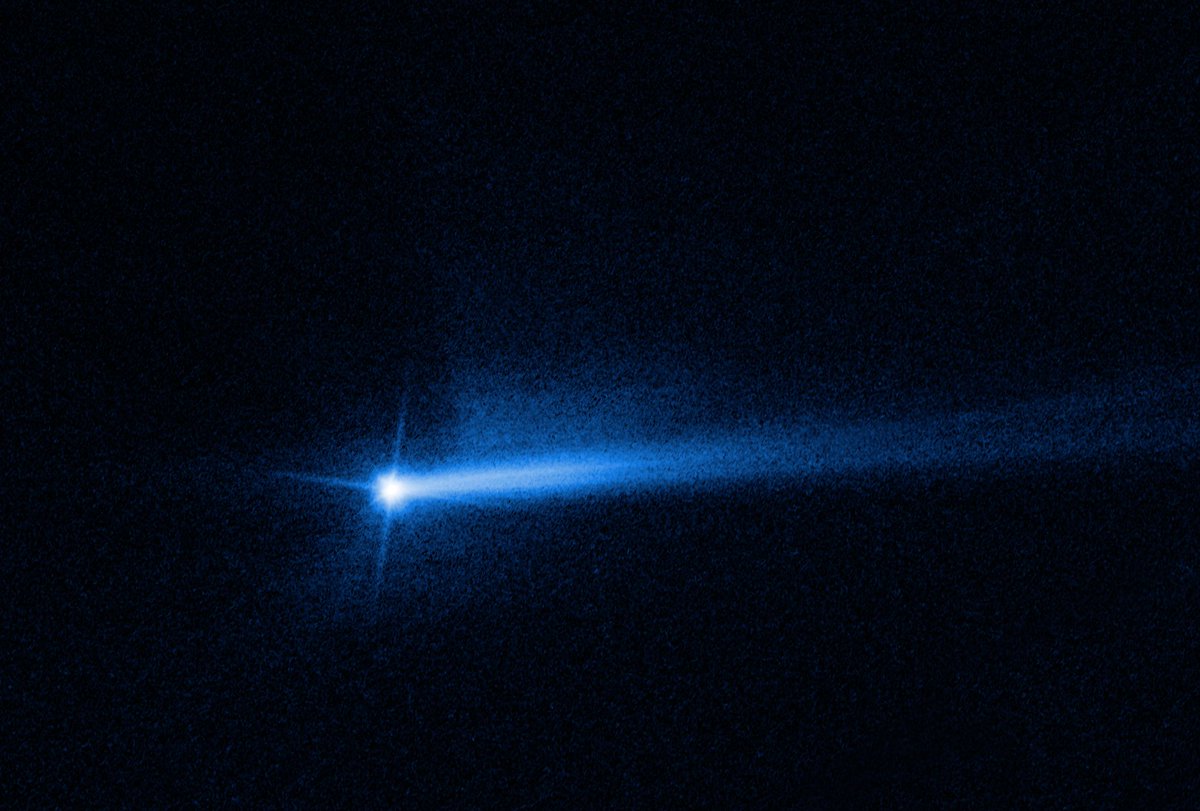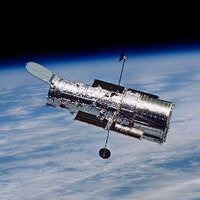
Hubble
@NASAHubble
The official X account for the NASA Hubble Space Telescope, managed and operated by NASA's Goddard Space Flight Center.
ID:14091091
http://www.nasa.gov/mission_pages/hubble/main/index.html 06-03-2008 20:15:02
7,5K Tweets
9,0M Followers
70 Following
Follow People

Peer into this cosmic keyhole!
This #HubbleFriday showcases NGC 1999, a reflection nebula located 1,350 light-years from Earth. The nebula is quite literally composed of stardust: the leftover dust and gas from a newborn star! Read more: go.nasa.gov/3fiNY5G

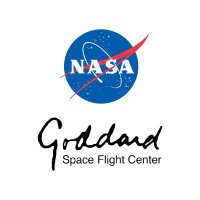
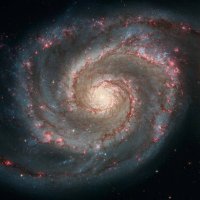
Sometimes when we look out into the shadowy depths of the cosmos, we find it looking right back! Hubble captured stunning detail in this spine-chilling cat’s eye here: go.nasa.gov/3Ay65cY #BlackCatDay #NASAHalloween


Welcome to a “starburst galaxy”! 🌟
Seen in this #HubbleClassic view, M61 earned this title due to its incredibly high rate of star formation.
M61 is located about 55 million light-years away in the constellation Virgo: go.nasa.gov/3DoOKar
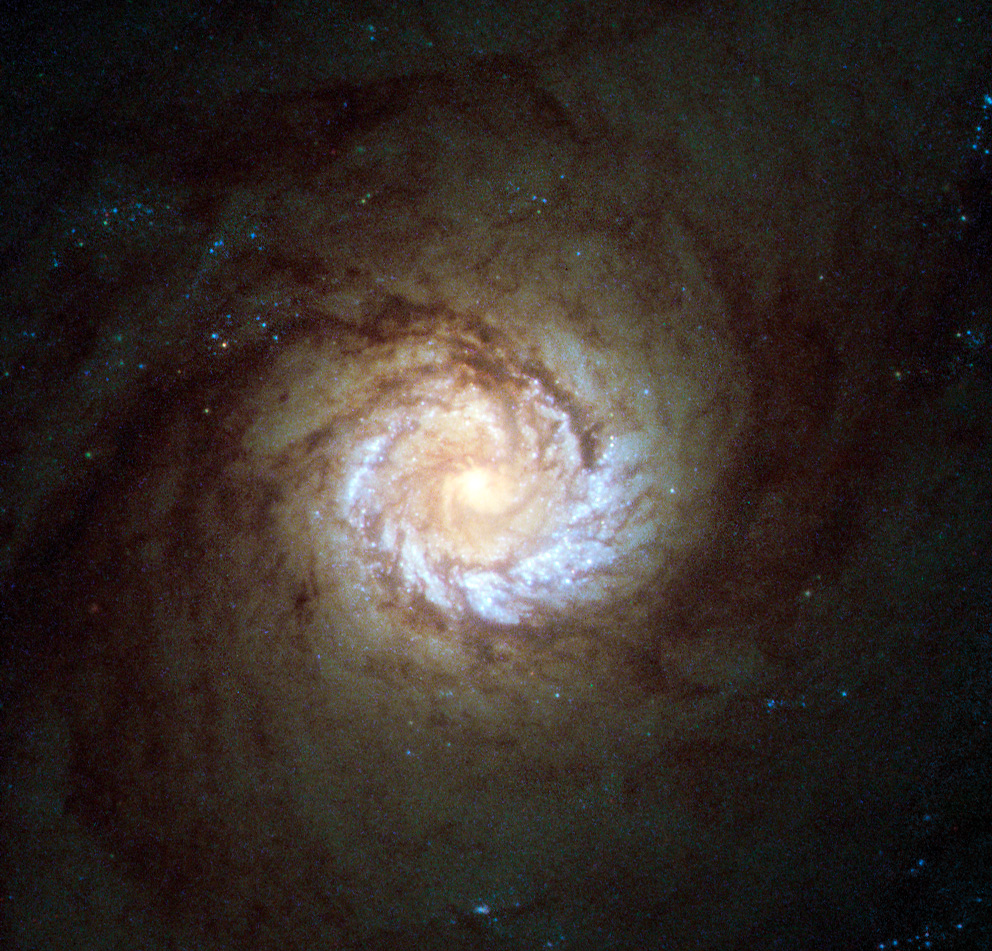

These two cosmic objects bring double trouble for #HubbleFriday !
The pair of glowing clumps are Herbig-Haro objects 1,250 light-years away. They were created when jets of gas from newborn stars collided with surrounding gas and dust at breakneck speed: go.nasa.gov/3z1SD2x
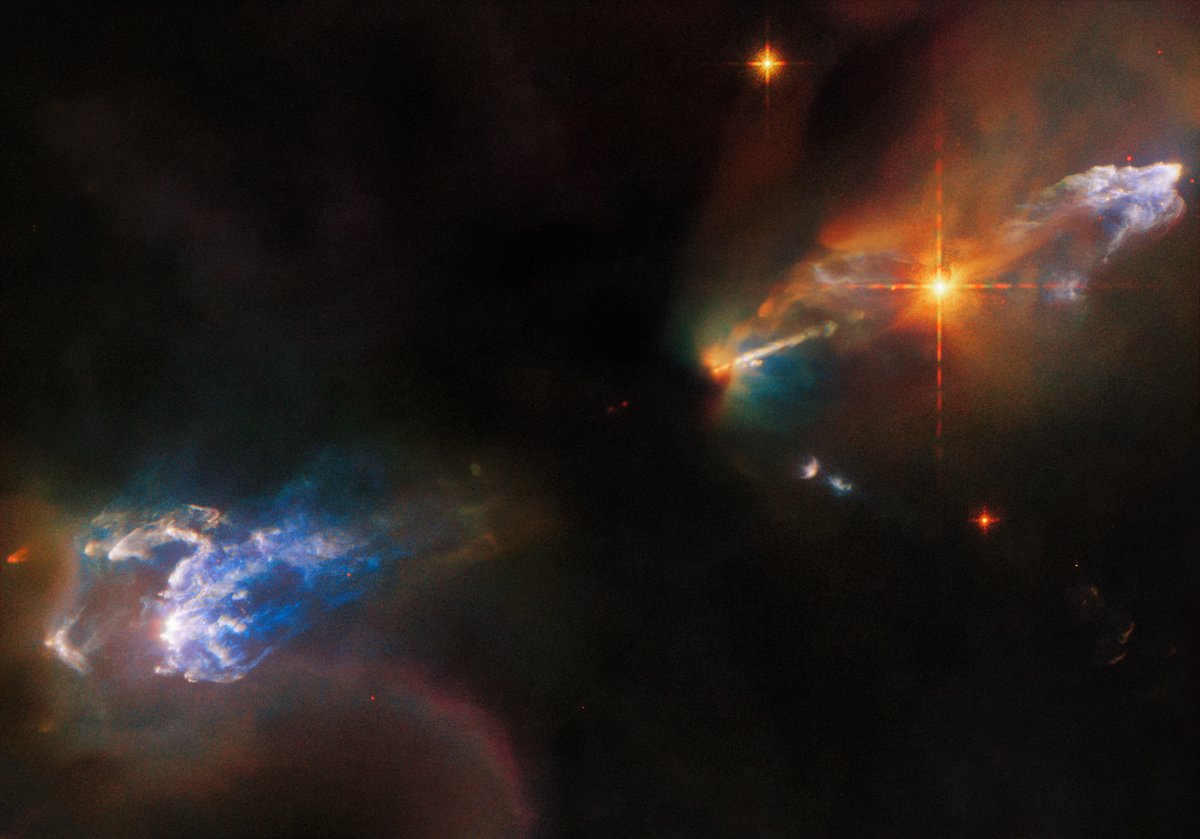


Needle’s Eye Galaxy 🪡
This #HubbleClassic view unveils a galaxy about 11 million light-years away from us.
It earned its nickname because one end of the galaxy is strangely empty of stars (not seen in this image of the starry center): go.nasa.gov/3eI55gP
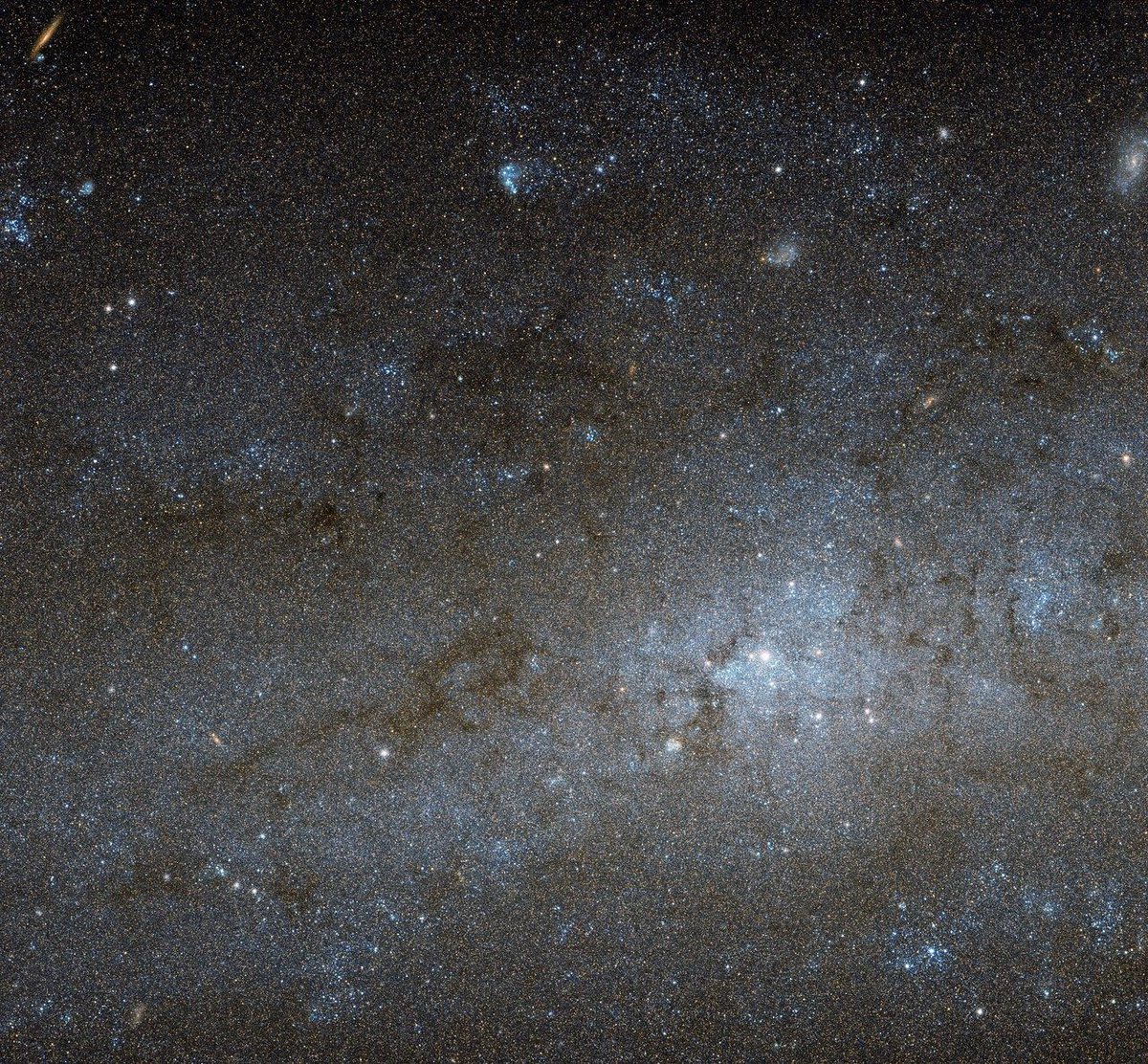

What’s more beautiful than a star? A whole cluster of them!
This #HubbleFriday image shows Terzan 1, a globular cluster about 22,000 light-years away.
Globular clusters are roughly spherical groups of stars bound together by gravity: go.nasa.gov/3EExhM3










